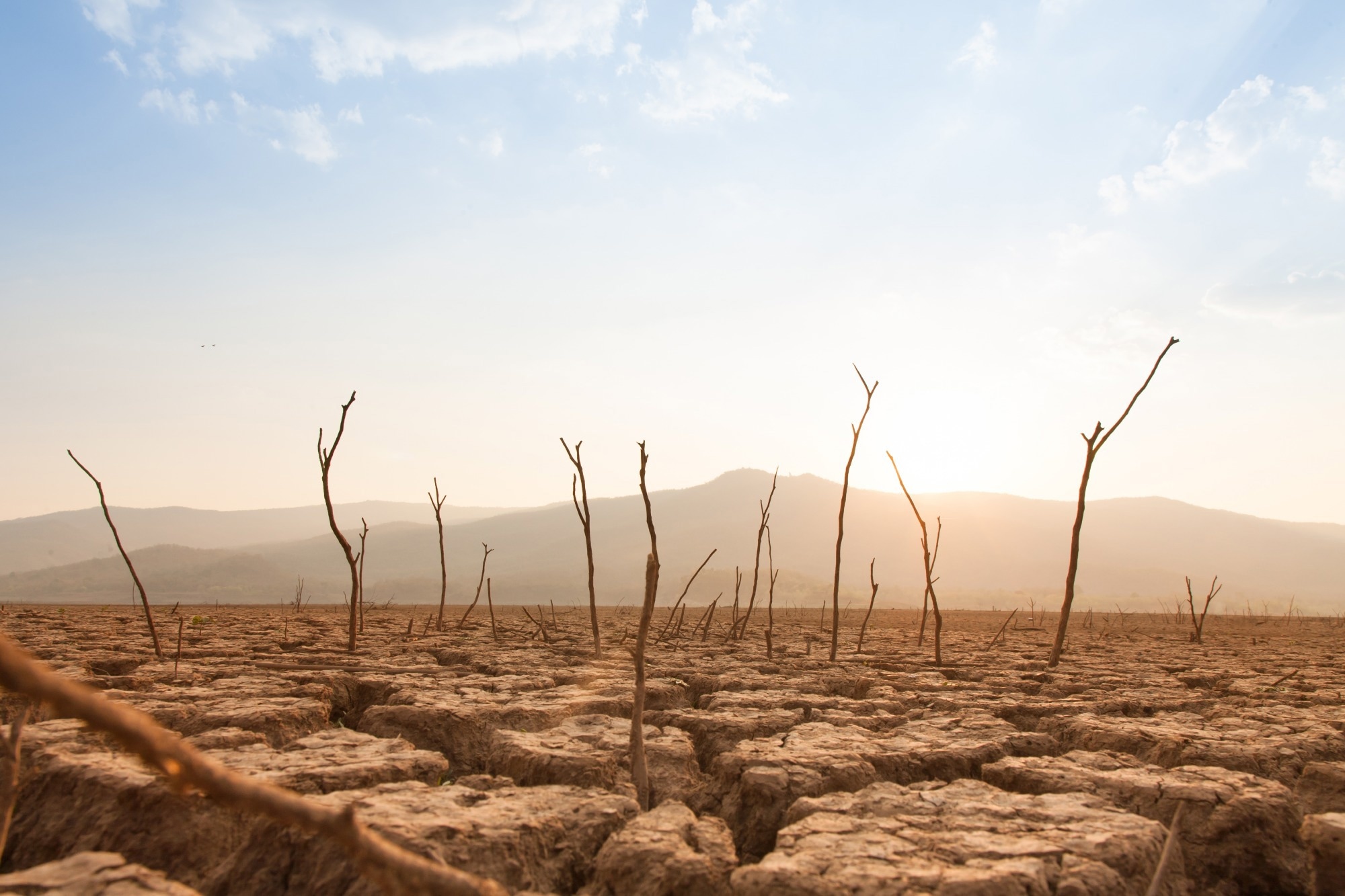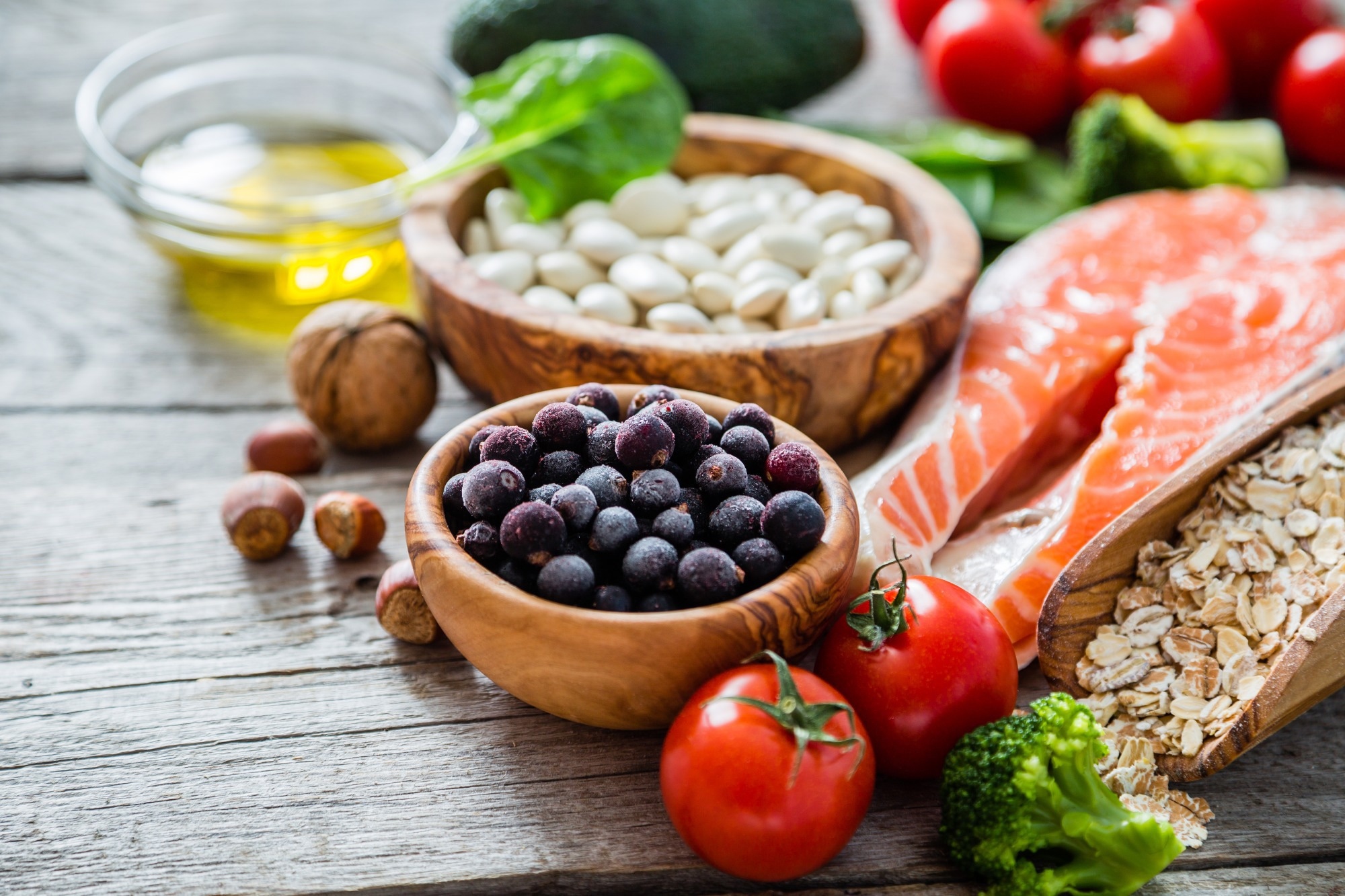Climate change is predicted to impact food nutrition through decreased food quantity and access, decreased dietary diversity, and decreased food nutritional content. Populations in developing nations will be particularly affected by such impacts, which may have significant repercussions without effective measures to mitigate and adapt to the effects of climate change.
Climate change decreases food nutrition and threatens food security
Climate change, agriculture, and nutrition are closely associated due to their connection and effects on environmental conditions. For instance, climate change increases the frequency and severity of extreme weather events, which decreases crop yield, and reduces productivity in fisheries and agroforestry. Importantly, climate change is also affecting food quality by decreasing food diversity, nutrient density, and food safety, which has direct repercussions on food prices and global food security.
Food nutrition can be defined as the biochemical and physiological process involved in using food to support organism function, this ranges from ingestion and absorption to assimilation and excretion. In the case of human nutrition, this therefore involves the type, amount, and condition, of food consumed. Evidence from nutritional science suggests that climate change is decreasing food nutrition.
 Image Credit: Piyaset/Shutterstock
Image Credit: Piyaset/Shutterstock
A 2019 interdisciplinary study by Mcdiarmid and Whybrow, discussed the impacts of climate change on food nutrition and reviewed the actions to mitigate such effects. Authors review how climate change affects the type, amount, and nutrient quality of food that can be produced in the future. Such changes are mainly driven by increased temperature and elevated CO2 levels, that reduce crop and soil health, destabilize livestock productivity, and have alarming consequences particularly in low-income communities.
Specifically, climate change is reducing the availability and accessibility of nutrient-dense foods as it is more difficult to produce, transport, and afford diverse foods that support nutritional diets. Already, populations are gradually experiencing impaired nutritional status as changes in food quality due to climate change have significant implications for human diets and health. This trend is expected to continue as even in models projecting “business as usual” (i.e., with no worsening effects of climate), nutrition and health outcomes are likely to worsen.
Elements of complexity - synergistic effects and impact inequality
The increased frequency, severity, and duration, of extreme climatic events such as droughts, heatwaves, or typhoons, affect the viability of crops themselves but also their transport, processing, and long-term availability. Such events acting in synergy with other climatic effects are difficult to predict. Indeed, chronic warming acting in synergy with the increased virulence of pests and pathogens has the potential to further destabilize crop production across broad spatial and temporal scales in unpredictable ways.
Socioeconomic factors also act in conjunction with climatic effects, as developing nations in the tropics are affected the most from climate change. In a 2018 study by Fanzo et al., authors highlighted the need to develop climate-smart and nutrition-sensitive food system in order to ensure that mitigation and adaptation strategies take nutrition into account. This is particularly true for developing nations.
Indeed, the Global South, especially sub-Saharan Africa and South and Southeast Asia, are at the forefront of climate change. In these regions, many communities are rural, and their livelihoods are directly affected by climate change, from health and education to food systems. Already in 2017, for the first time in over a decade, the number of those who are undernourished has increased due to climate change as well as conflict.
Authors of the study emphasize that without action, climate change will significantly impact nutrition through decreased food quantity and access, decreased dietary diversity, and decreased food nutritional content. Specifically, that countries and communities particularly in developing regions, that lack clear adaptation strategies will suffer from extensive food insecurity and undernutrition. This would reverse any improvements established over recent decades and exacerbate issues of malnourishment.
 Image Credit: Oleksandra Naumenko/Shutterstock
Image Credit: Oleksandra Naumenko/Shutterstock
Integrating measures of adaptation and mitigation in response to decreased food nutrition
Developing and integrating measures to effectively mitigate or adapt to the decrease of food nutrition is central to ensuring adequate food security. In recent years, policies surrounding food production have attempted to apply such measures in an attempt to pre-empt the impacts of climate change.
In a 2021 chapter by Ajilogba and Walker, authors studied the different ways climate and climate change affect crop production through the different sections of agriculture in terms of plant diseases and biocontrol, food production, livestock rearing, fish production, forestry, and microbial diversity. Each of these sections can each be addressed through different protective measures, which was later discussed in the chapter as authors presented the ways nations and communities are adapting to climate change to mitigate the challenges of food insecurity and nutrition.
Authors highlight that adaptation to climate change will shape the future severity of climate change impacts on food production. As a result, agricultural practices may consider the production of more food derived from underutilized crops or neglected foods, which can play a role in increasing food and nutrition supply. Therefore, adaptation relies on using existing but unexploited resources, but depends on the availability of arable land, which must be protected through policies.

 Read Next: Impacts of Climate Change on Soil Health
Read Next: Impacts of Climate Change on Soil Health
Adaptation differs from mitigation, which aims to limit repercussions of stressors. Measures aiming to mitigate impacts could focus on economic, agricultural, or technological assistance to small scale rural areas that will be most affected by climate change. In turn, such responses may dampen the social, economic, and ecological impacts of climate change on food nutrition.
Ultimately, the increase in global temperature to 1·5 °C set out in 2015 The Paris Agreement while achieving nutrient security requires extensive changes to the existing system of food production. Changes must aim to deliver healthy and sustainable diets while adapting to the impacts of climate change. Therefore, understanding the implications for food nutrition in an era of climate change is paramount, as the effectiveness of subsequent policies may drive global food security in coming decades.
Sources:
- Ajilogba, C. F., & Walker, S. (2021). Climate Change Adaptation: Implications for Food Security and Nutrition. African Handbook of Climate Change Adaptation, 735–754. https://doi.org/10.1007/978-3-030-45106-6_142
- Dwivedi, S., Sahrawat, K., Upadhyaya, H., & Ortiz, R. (2013). Food, Nutrition and Agrobiodiversity Under Global Climate Change. Advances in Agronomy, 1–128. https://doi.org/10.1016/b978-0-12-407686-0.00001-4
- Fanzo, J., Davis, C., McLaren, R., & Choufani, J. (2018). The effect of climate change across food systems: Implications for nutrition outcomes. Global Food Security, 18, 12–19. https://doi.org/10.1016/j.gfs.2018.06.001
- Macdiarmid, J. I., & Whybrow, S. (2019). Nutrition from a climate change perspective. Proceedings of the Nutrition Society, 78(3), 380–387. https://doi.org/10.1017/s0029665118002896
- Thompson, B., & Cohen, M. J. (2014). The Impact of Climate Change and Bioenergy on Nutrition (2012th ed.). Springer.
Further Reading
Last Updated: Sep 15, 2022